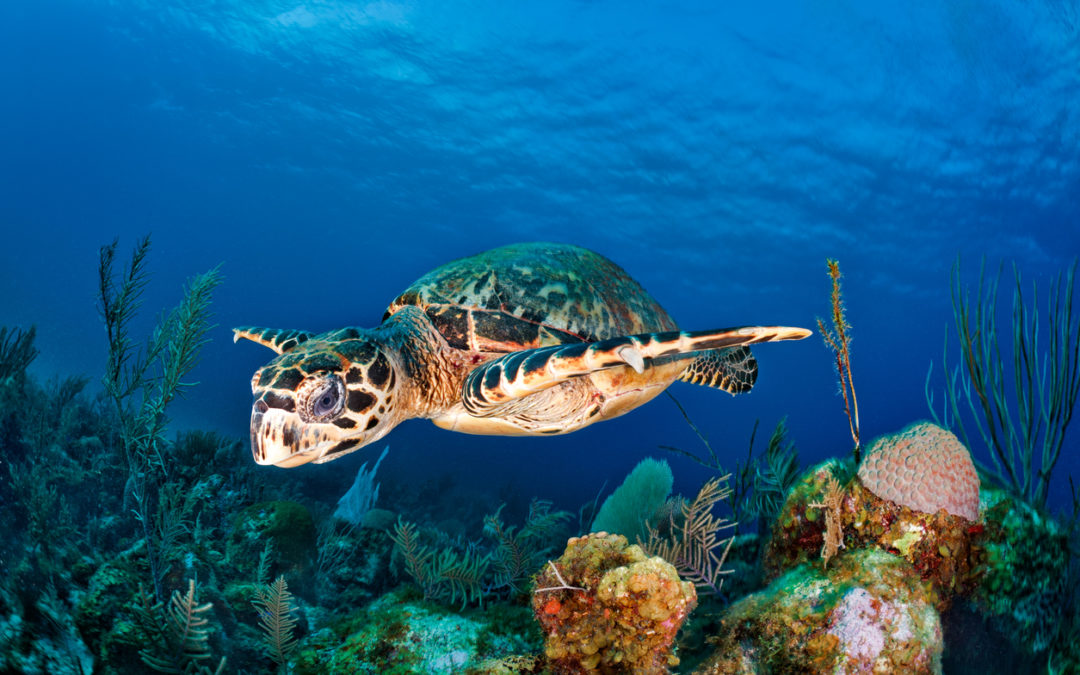A recent analysis published in Conservation Letters revealed alarming inadequacies in the effectiveness of the world’s largest MPAs. The study, conducted by an international group of researchers spearheaded by the Marine Conservation Institute in Seattle, Washington, focused on the largest 100 MPAs in the world, which together encompass over 7 percent of the world’s ocean area.
From the analysis’ abstract:
The international community set a global conservation target to protect at least 30% of the ocean by 2030 (“30 × 30”) to reverse biodiversity loss, including through marine protected areas (MPAs). However, varied MPAs result in significantly different conservation outcomes, making MPA coverage alone an inadequate metric. We used The MPA Guide framework to assess the the world’s largest 100 MPAs by area, representing nearly 90% of reported global MPA coverage and 7.3% of the global ocean area, and analyzed the distribution of MPA quality across political and ecological regions. A quarter of the assessed MPA coverage is not implemented, and one-third is incompatible with the conservation of nature. Two factors contribute to this outcome: (1) many reported MPAs lack regulations or management, and (2) some MPAs allow high-impact activities. Fully and highly protected MPAs account for one-third of the assessed area but are unevenly distributed across ecoregions in part because some nations have designated large, highly protected MPAs in their overseas or remote territories. Indicators of MPA quality, not only coverage, are needed to ensure a global network of MPAs that covers at least 30% of the ocean and effectively safeguards representative marine ecosystems from destructive human activities.

